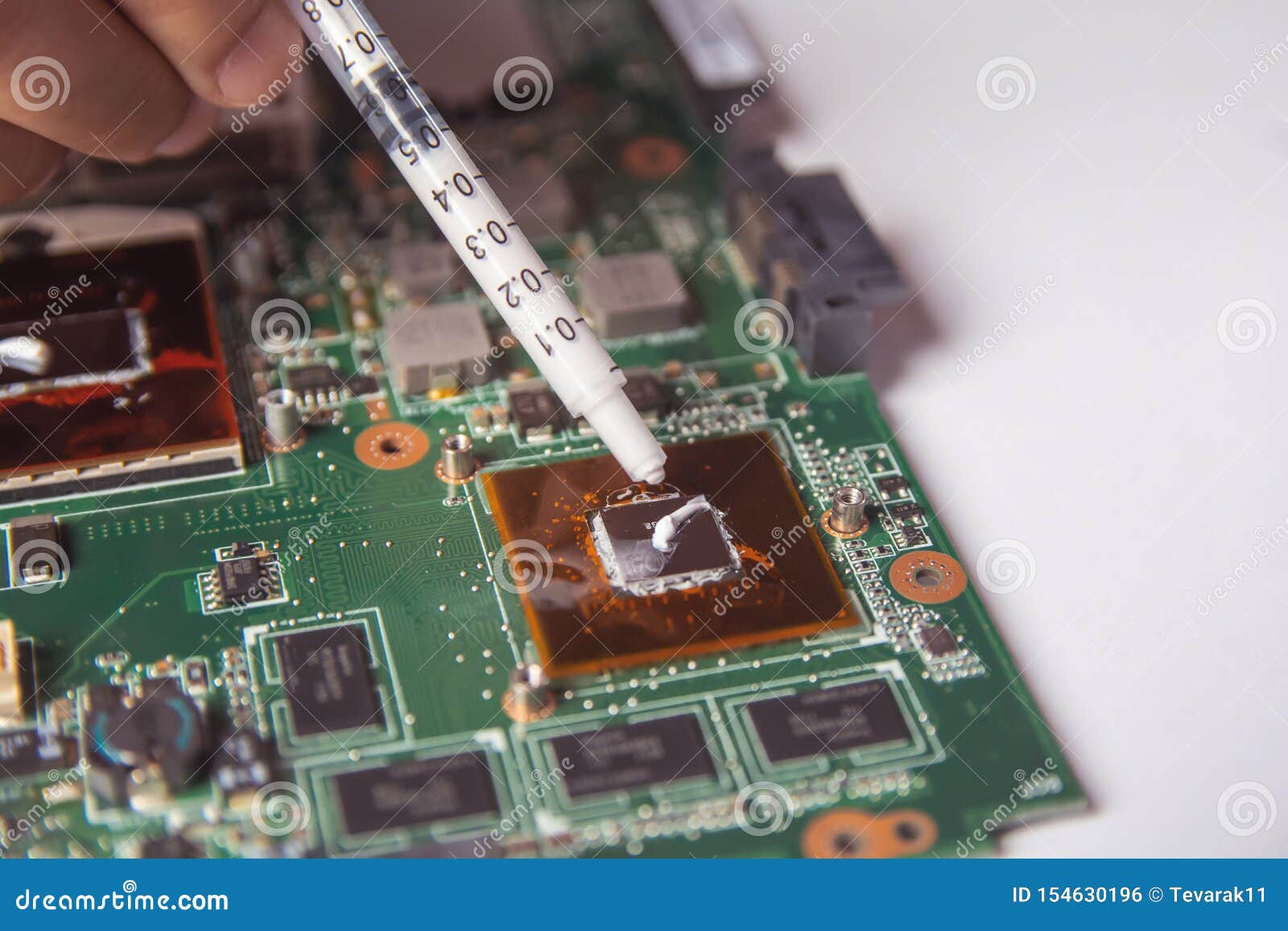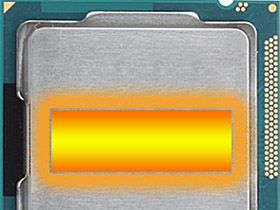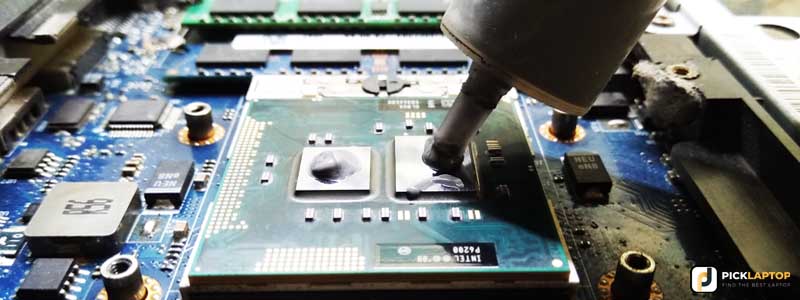


Sep 6th, 2023 Sapphire Radeon RX 7800 XT Nitro+ Review - Fantastic Overclocking.Aug 16th, 2023 Upcoming Hardware Launches 2023 (Updated Aug 2023).Sep 21st, 2023 NVIDIA DLSS 3.5 Ray Reconstruction Review - Better Than Native.Aug 28th, 2023 Armored Core VI Fires of Rubicon Benchmark Test & Performance Analysis Review.

#APPLYING THERMAL PASTE PATCH#

Sep 20th, 2023 Cyberpunk 2077: Phantom Liberty Benchmark Test & Performance Analysis Review.Sep 19th, 2023 ASUS GeForce RTX 4090 Matrix Platinum Review - The RTX 4090 Ti.Sep 19th, 2023 Intel Meteor Lake Technical Deep Dive.Having many heat-up - cool-down cycles help speed up the process. AS5 will generally gain performance (5-8C drop) over 200 hours of break-in period. Also with heat, the paste will even itself out more. Over this period, the performance of the thermal paste will increase, and lower your temperature. Most pastes have what’s known as a "burn-in period". Just to make sure the paste was properly applied and that what ever part's paste you applied doesn't to get to hot. It's not a bad idea to go into your BIOS or video card temperature-monitoring program to watch your temperatures for a few minutes. If you angle it, it can disrupt the paste from spreading evenly.ĬonclusionOnce your heatsink is properly mounted and the fan is connected you are ready to boot. You want to bring the heatsink onto the CPU as level as possible. If you put it on, then take it off, you should re-apply the paste. Be very careful when doing so, so that you don't have to do it twice. Once you have the paste spread nice and even and as thin as you can get it it's time to mount the heatsink. This assures that all the imperfections on the heatsink are filled as well. Getting the powder on the heatsink and mixed with the paste will degrade performance.Īnother trick that some use is applying the thermal paste to the heatsink base, then wiping it off (not using cleaner, just a non-linty cloth). Note: If you decide to use a latex glove, make sure you get the powder-free ones. You want the layer of paste as thin as possible less than half a millimeter, almost translucent, is good. Others will just use the credit card straight away. Some people will put their hand in a plastic bag or latex gloves and spread the paste out so they don't contaminate it, then use some straight edge (usually a credit card) to get it nice and even. On everything else without an IHS (bare die, like a GPU or the picture above right) you should spread the paste out as thin as possible over the die. Note: It is recommended that you use the little dab in the center without spreading it technique on CPUs with an IHS. CPUs with an IHS produce heat only in the center of the IHS, where the core is. The possibility of having air bubbles between thermal paste and heatsink is also drastically reduced that way. In some ways this is a better way of doing it, because you don't have to worry about getting it even. With the mounting force of the heatsink, the thermal paste will spread itself out. With AS5 and some other TIMs, it's perfectly fine to put a little dab in the middle without spreading it with a CPU that has an IHS. Heatsinks that are not lapped generally require more thermal paste. Once you have the right amount of TIM (will vary depending on the application, GPU will uses less than a CPU with a IHS) you spread it out as thin as you can get it. To apply it, you put a little drop, little being about the size of a rice grain and so it doesn't squeeze out when the sink is reapplied. Once your CPU is nice and clean and you have your TIM, now it’s time to apply it. When you lap your heatsink, and you do a good job of it, you will require even less thermal pastes, as these imperfections have got even smaller. The more area that the heatsink has touching the CPU/GPU, the better it will perform. This will increase performance even more. Some people will “ lap”, their heatsink so they get it smoother. You only need as much thermal paste as it takes to fill in these little holes/divots. It gives better conduction between the heatsink and CPU/GPU because it fills in all those little imperfections on the heatsink that cause poor conduction due to having air in them. Applying thermal pasteApplying thermal paste is a simple task, but you must take your time as with all things.


 0 kommentar(er)
0 kommentar(er)
